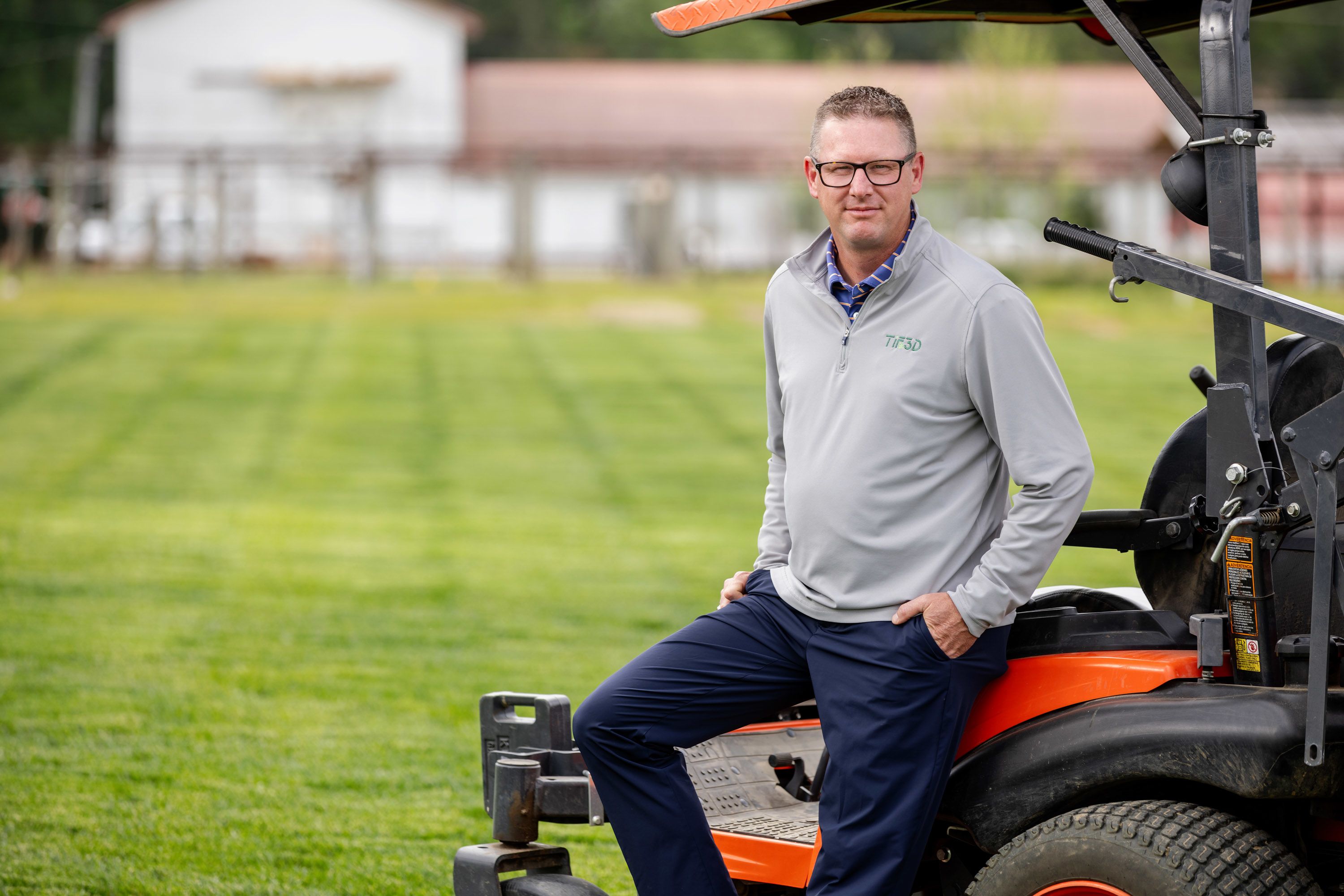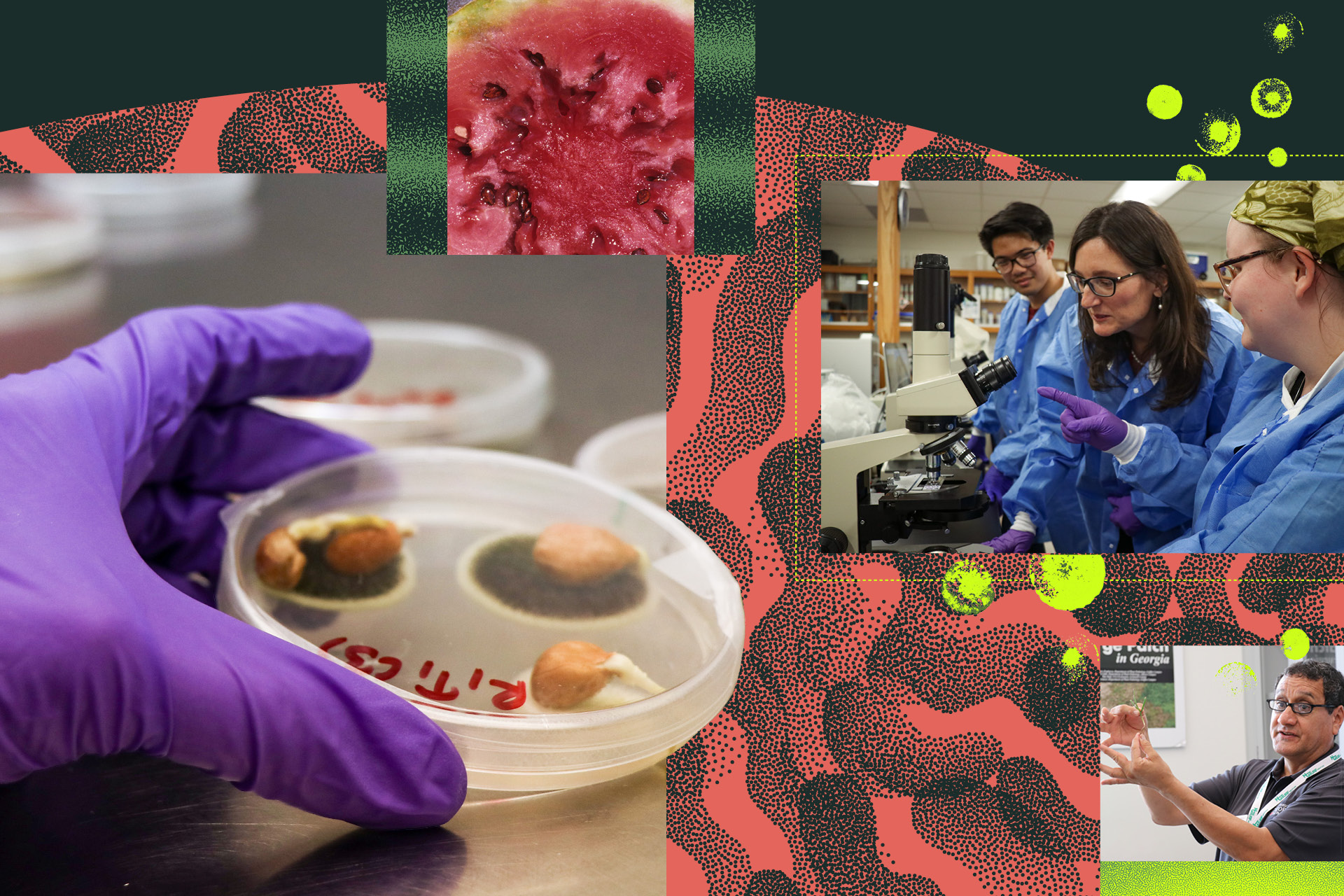 CAES News
CAES News
Research at Work: Turfgrass
From football stadiums and golf courses to your own backyard, athletes of all ages play on turfgrass developed by researchers at the University of Georgia. Our latest bermudagrass variety, TifTuf, uses up to 38 percent less water and recovers from drought and wear faster than our previous varieties. Turfgrass plays an important role in our landscape and everyday lives, which is why our researchers work hard to develop and test varieties that thrive, even in less-than-ideal conditions.
Latest bermudagrass TifTuf
While other Bermuda grasses survive drought conditions by going dormant and then greening up at the first exposure to moisture, TifTuf stays green because it doesn't go dormant under drought stress. Optimum water management, as with any grass, is dependent on the soil’s physical characteristics and climate. While the rule of thumb for watering most grass types is to provide 1 inch of water per week, TifTuf — in many areas —simply doesn’t need to be irrigated once its roots are established in good soil, except in cases of extreme drought.
Other than drought, the most common problem seen with Bermuda grass lawns is stress brought on by too much shade. TifTuf thrives in light ranging from full sun to partial shade. While it certainly won’t grow in full shade, it is more shade tolerant than any of the other Bermuda grass varieties.
Turfgrass testing
Before varieties hit the marketplace, they have to go through extensive trials and testing. The video below shows how our researchers test wear and tear on turf to make sure it stands up.


